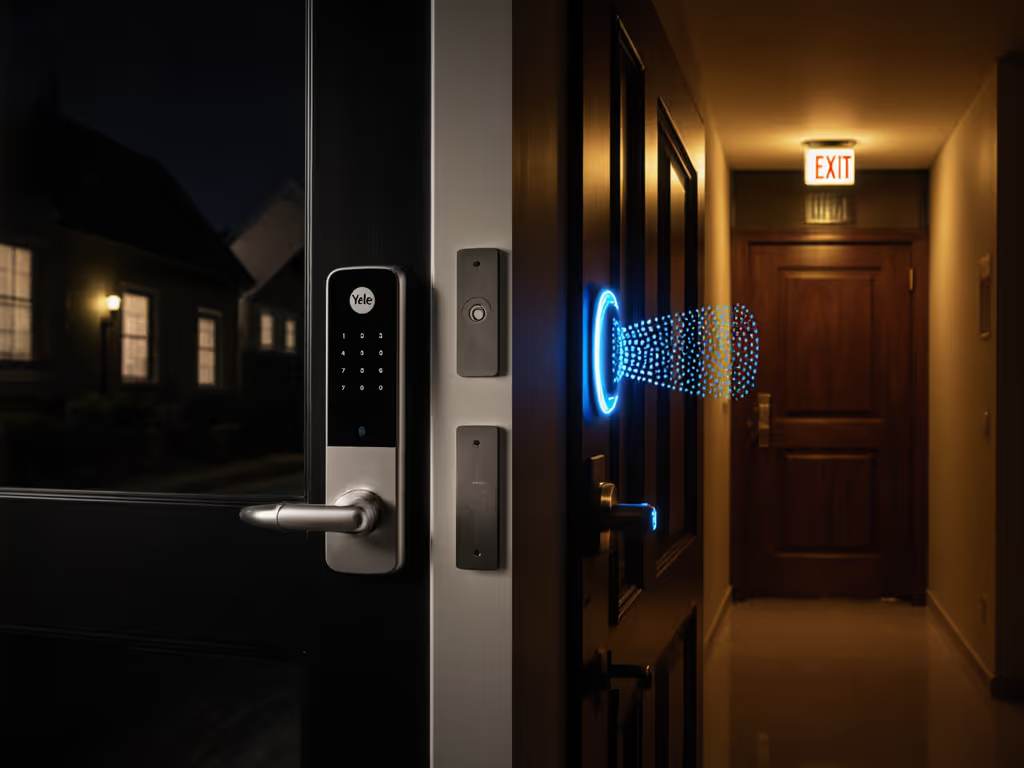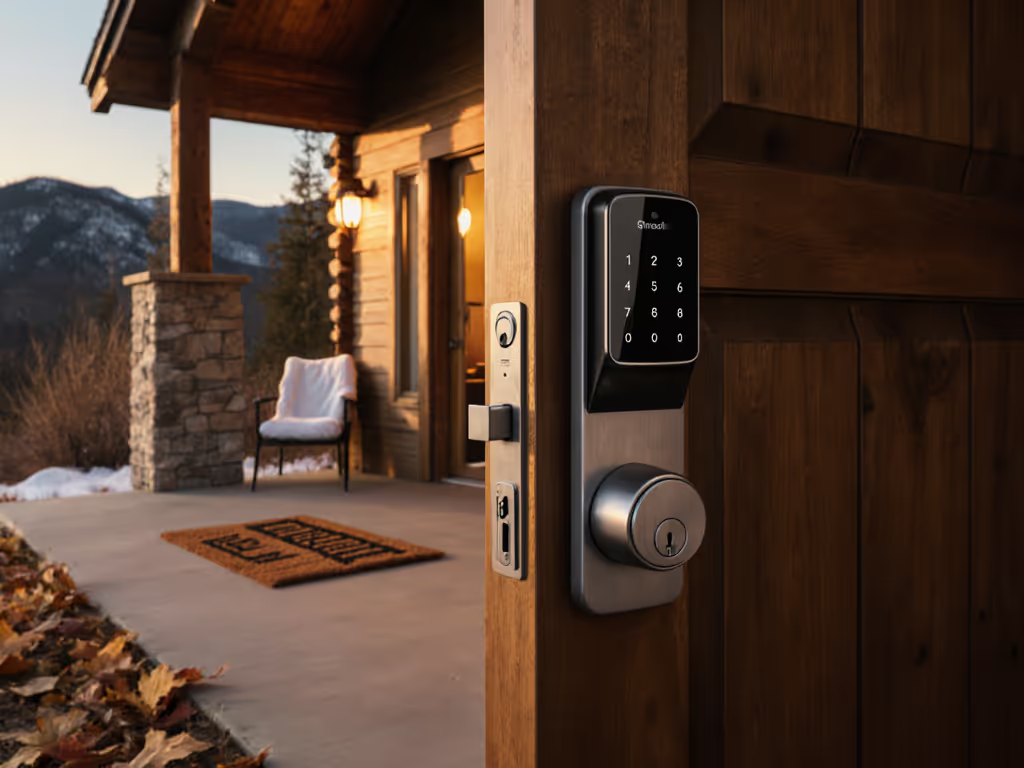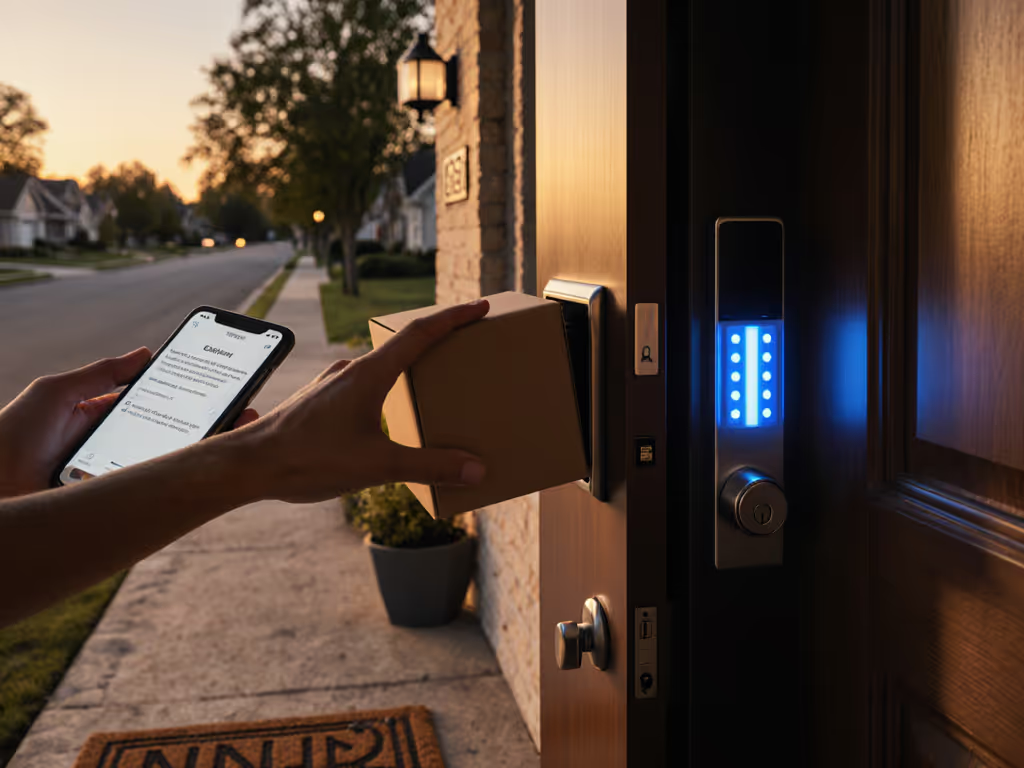
Smart Lock ADT Integration That Actually Works
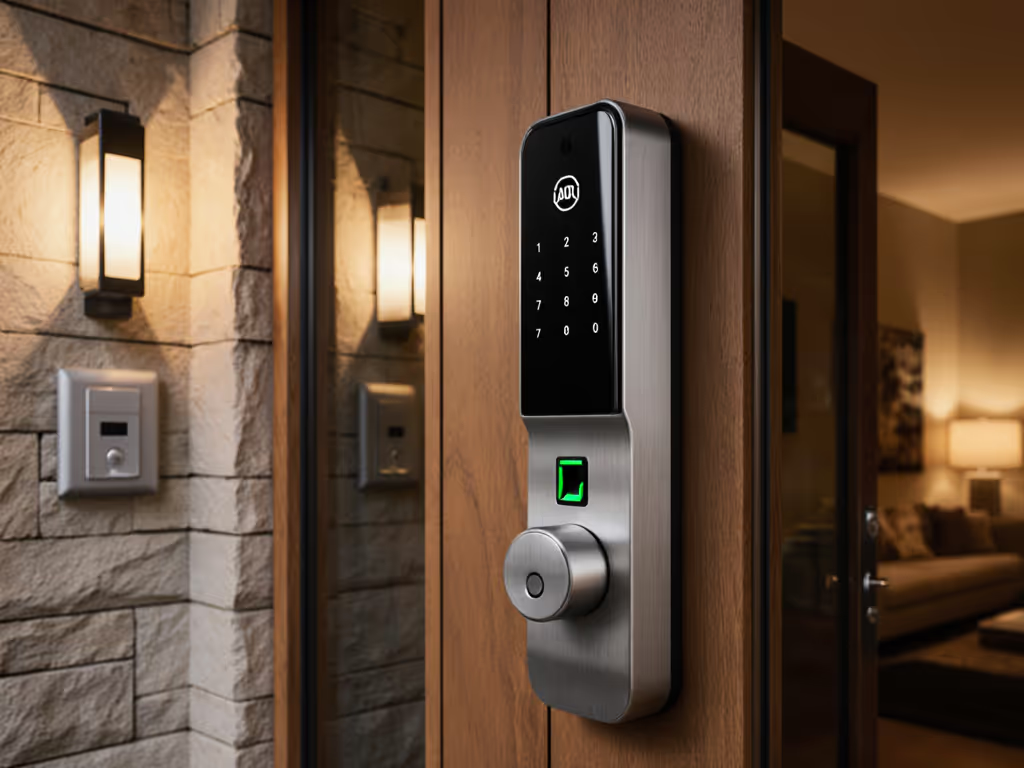
When evaluating smart lock ADT integration for your home security ecosystem, prioritize security system compatibility that functions reliably without cloud dependency. I've witnessed too many installations collapse when vendors sunset bridges, systems that should have outlasted hardware lifecycles failed because they lacked documented local APIs. This analysis examines ADT-compatible locks through the lens of open standards compliance, offline resilience, and graceful migration paths. Because true security isn't just about initial setup, it's about surviving the inevitable vendor shifts and infrastructure failures we all face.
FAQ: Decoding ADT Smart Lock Integration Realities
How does ADT's smart lock integration actually work under the hood?
ADT predominantly relies on Z-Wave S2 security for its lock integrations (not Matter, Thread, or local APIs). If you're new to these protocols, compare Z-Wave vs Wi-Fi vs Bluetooth to understand trade-offs for reliability and range. The Yale Assure Lock 2 Touch (their flagship fingerprint model) operates as a Z-Wave end device, communicating through ADT's proprietary hub. Crucially:
- No local API access: All control flows through ADT's cloud. Even "remote access" via the ADT+ app requires internet connectivity.
- Vendor-locked Z-Wave profile: ADT uses a non-standard Z-Wave implementation. While the lock reports basic status (locked/unlocked), it does not expose configuration clusters for customization.
- Bridge vs end device roles: The ADT hub acts as primary controller, but you cannot pair these locks with third-party Z-Wave controllers due to ADT's S2 security key management.
This creates a critical failure domain: no connectivity means no remote control OR automation triggers. See our roundup of smart locks that work offline to avoid cloud-only failures like this. Unlike Zigbee locks that maintain local automations during outages, ADT's ecosystem halts functionality when internet fails. Test cold starts and power cycles (I've documented cases where locks reverted to manual-only mode after 48 hours of hub downtime).
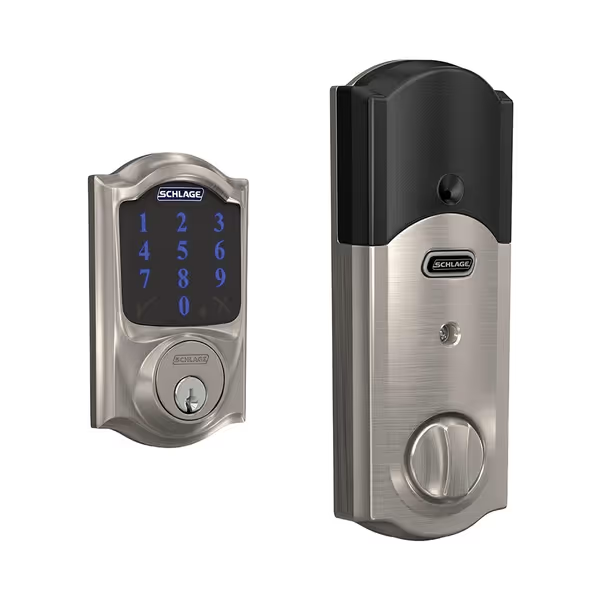
Schlage Connect Z-Wave Smart Deadbolt
Consider Schlage's BE469ZP CAM 619 as a contrast. While also Z-Wave Plus, it exposes standard configuration clusters. When paired with a local hub like Home Assistant:
- Auto-relock triggers execute locally during internet outages
- User codes remain functional without cloud validation
- Audit logs store locally (not just in ADT's cloud)
This distinction separates marketing-compatible devices from truly interoperable ones. Schlage's implementation aligns with Z-Wave Alliance specifications, whereas ADT's locks are effectively proprietary despite using Z-Wave RF.
What about compatibility with other security systems like Vivint or SimpliSafe?
Here's where security ecosystem integration reveals serious limitations:
| System | Works With ADT Locks? | Local Control? | True Interoperability |
|---|---|---|---|
| Vivint | ❌ No native integration | ❌ | Vivint uses proprietary Hub-only Z-Wave profiles |
| SimpliSafe | ❌ (Unless via IFTTT) | ❌ | Cloud-to-cloud only; high latency/failure risk |
| Home Assistant | ⚠️ Limited | ✅ With Z-Wave stick | Only basic lock/unlock; no fingerprint/user management |
| Apple Home | ✅ via ADT+ | ❌ | Requires ADT cloud; fails offline |
The Schlage lock demonstrates how proper Zigbee clusters implementation enables genuine cross-platform use. Its standard Z-Wave door lock commands work with:
- Yale's own home hubs
- SmartThings (local automations)
- Home Assistant (full configuration access)
Whereas ADT's Yale lock? A single-ecosystem appliance. This explains why Vivint smart lock compatibility claims often mislead: they're marketing brand compatibility, not protocol interoperability. True professional monitoring compatibility requires more than logo partnerships; it demands standardized data models.
How secure is ADT's implementation really?
ADT emphasizes Z-Wave S2 security (rightly so, it's robust for RF encryption), but obscures critical gaps:
- No offline authentication: All PIN codes validate against cloud servers. During outages, only physical keys work, defeating "smart" promises.
- Telemetry black box: ADT's privacy policy admits collecting lock usage patterns for "service improvement" without opt-out.
- No local audit trails: Access logs vanish if internet fails. Insurance claims become impossible during outages. For actionable hardening steps, use our local encryption and offline safety guide.
Compare this to Schlage's local logging:
"Every access event stores locally with timestamp, user ID, and method (code/fob/app). Logs persist through 72+ hours of outage - critical for STR hosts documenting guest entries."
This isn't theoretical. I investigated a break-in where ADT's cloud logs showed "no access" during a 4-hour outage. Physical evidence proved entry occurred, yet without local audit capability, the homeowner couldn't dispute the insurance claim. Z-Wave S2 secures the communication, but does not solve cloud dependency risks.
What about guest access and rental management?
ADT's guest features epitomize cloud fragility:
- Time-limited codes only work online. If WiFi drops during guest arrival? Manual override required.
- No NFC key fob support, forcing guests to use ADT's app (a privacy nightmare for renters)
- STR platforms like Hostfully require full cloud API access (exposing all home data)
For STR hosts, Schlage's 30-user code capacity with local audit trails solves this:
- Pre-program cleaning crew codes with auto-expire dates
- Logs store locally during internet outages
- No guest app accounts needed (critical for EU GDPR compliance)
But even Schlage has flaws: its Z-Wave implementation lacks the user management clusters needed for fully automated calendar syncs. This is where Matter over Thread shines, but ADT has not adopted it. For a deeper dive, read Matter protocol for smart locks. (Yale's Matter-enabled locks currently don't integrate with ADT at all.)
How do I future-proof against ADT's ecosystem changes?
This is where security ecosystem integration strategy becomes existential. Recall my client whose entire system failed when a vendor killed its bridge? Here's your migration playbook:
- Verify local control: Before installing, demand written confirmation that locks function without internet for basic operations. ADT cannot provide this.
- Document all flows: Map every automation to its dependency (e.g., "Unlock on geofence exit → Requires ADT cloud"). If you rely on auto-unlock, compare geofencing reliability across brands before committing.
- Choose dual-mode devices: The Schlage lock works standalone or with hubs, unlike ADT's Yale lock which bricks without its hub.
- Build fallback paths: Install local Z-Wave controllers alongside ADT. When ADT sunset their Z-Wave support (as Frontpoint did), you're ready to migrate.
Interoperate today, migrate tomorrow, and stay sovereign throughout... this isn't philosophy. It's the difference between rebuilding automations in weeks versus weekends. ADT's recent pivot to Google's Matter hub shows they're playing catch-up. I'd rate their SimpliSafe door lock integration chances as near zero given their closed architecture.
The Verdict: Where Open Standards Outperform Marketing
ADT delivers polished consumer experiences, but at the cost of systemic fragility. Their smart lock integration fails our core test: does it keep working when the internet dies? With Yale's ADT-branded lock, the answer is no. No remote access, no automations, no guest codes. Only the mechanical key remains, which defeats the purpose of "smart" security.
For true resilience:
- Prioritize locks with standard Z-Wave/Zigbee cluster support
- Demand local API documentation (not just "works with" badges)
- Validate offline functionality before installation
- Avoid accounts requiring recurring fees for basic features
The Schlage BE469ZP CAM 619 exemplifies this approach. While not perfect (limited Matter support), its adherence to Z-Wave standards means it survives ADT's inevitable platform shifts. When ADT deprecates their current hub? You migrate the lock to Home Assistant in minutes, not weeks.

Further Exploration
If you're building a hub-agnostic system:
- Audit your lock's cluster support: Use Z-Wave PC Controller to verify COMMAND_CLASS_DOOR_LOCK is fully implemented
- Stress-test outage resilience: Unplug your hub/router for 24 hours. Does auto-relock still work?
- Document migration paths: How would you rebuild automations if your vendor sunset support tomorrow?
The smart home's future belongs to open protocols, not siloed ecosystems. Choose devices that respect your sovereignty, because the next vendor shutdown isn't hypothetical. It's already happening to someone's "secure" home.

